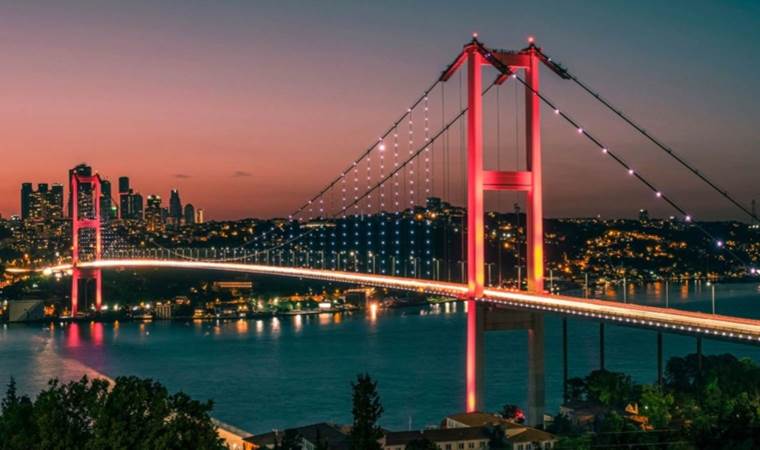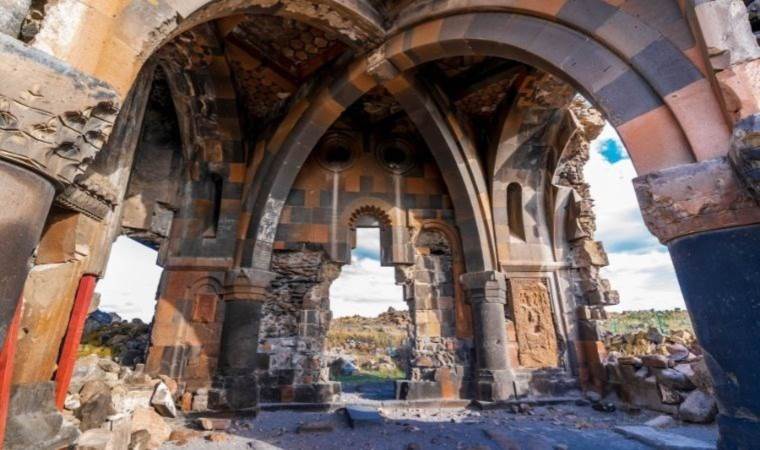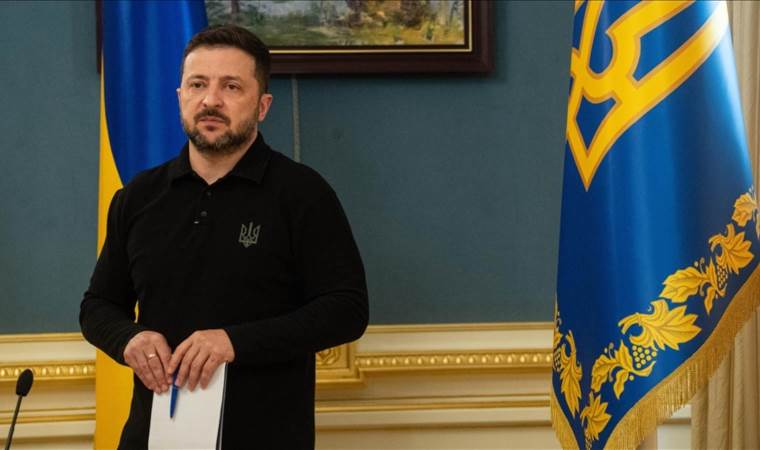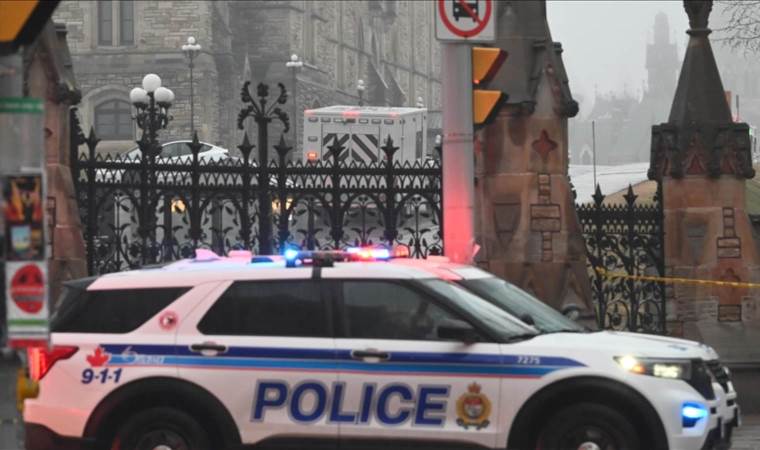Hagia Sophia mosaics influencing the renaissance
For the first time, the mosaics in Hagia Sophia's dome, featuring hearts made of gold, silver, and colored stones, are being published alongside the golden script of Kazasker Izzet Efendi.
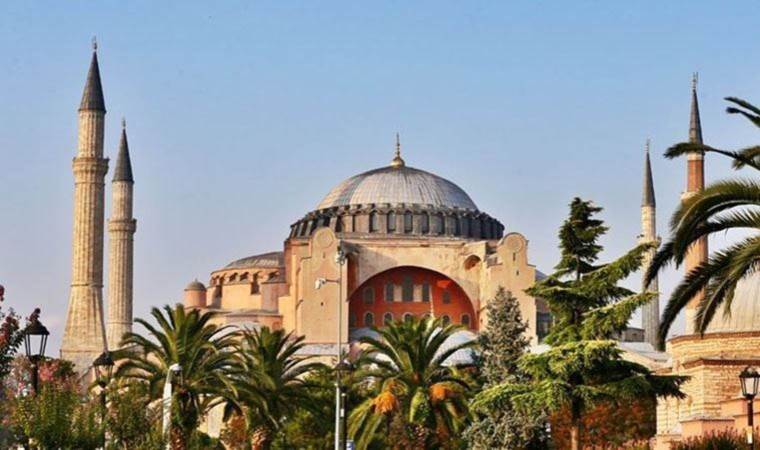
A frequently used definition in the realm of culture and art always reminds us that the past is a prologue (Shakespeare). There's also a Seljuk sultan who reminds us; of Izzettin Keykavus: "We have left the world behind/We etched its hardships and comforts and went away/Now, the watch is yours/We have kept our watch and left... Hundreds of years later, what past will be our prologue, and who will keep watch over what?
A SYMBOL IN ITS OWN RIGHT
The lands of Anatolia are the most splendid witnesses to this. Hagia Sophia is a symbol in its own right for civilizations. The era of Fatih Sultan Mehmet, which ended nearly a thousand years of Byzantine rule, is like a different time and geography, similar to Alexander the Great, a student of Aristotle and a fan of the Aegean Homer... Fatih, who was multilingual and had a library of Latin and Greek in his palace, had G. Bellini paint his portrait. Fatih's interest in Hagia Sophia was not limited to the Islamic world alone, fascinated by the mosaics he saw which were the most attractive.
LIKE 'THE LAST SUPPER'...
Hagia Sophia, meaning holy wisdom, is not just a sacred place. Could this impact have become universal without the mosaics from the 4th to the 14th century? Let's not exclude the phenomenon of depiction that astonishes millions of travelers, making them unique. Question: Why do travelers primarily want to see the mosaics? The composition known as Deesis or Judgment or supplication on the upper floor is an extraordinary depiction for its time, like Leonardo's Last Supper fresco in the Monastery of Santa Maria. The theme: The Virgin Mary, Jesus, and John the Baptist pleading for "intercession" for "sinners". That simple!
PREDICTION AND PROPHECY
But it's a composition that has turned the world of depiction upside down for hundreds of years. The eyes in the portrait of Jesus follow you wherever you go. This feature influenced the Renaissance centuries later. Therefore, the Mosaic Route, starting from Urfa and ending in Istanbul, was recommended for all travelers.
Prof. Dr. R. Ousterhout from the University of Pennsylvania said about the Deesis mosaic in Hagia Sophia: "This mosaic has strongly influenced the Renaissance. This composition is a prediction and prophecy for 14th-century Italy..." H. Matthews from the 19th century said: "Sultan Mehmet, known as Fatih, was a sultan who did not destroy the cities he conquered. He was extremely sensitive and respectful of science. In the portrait made in 1480, he posed smelling a rose, not in battle attire."
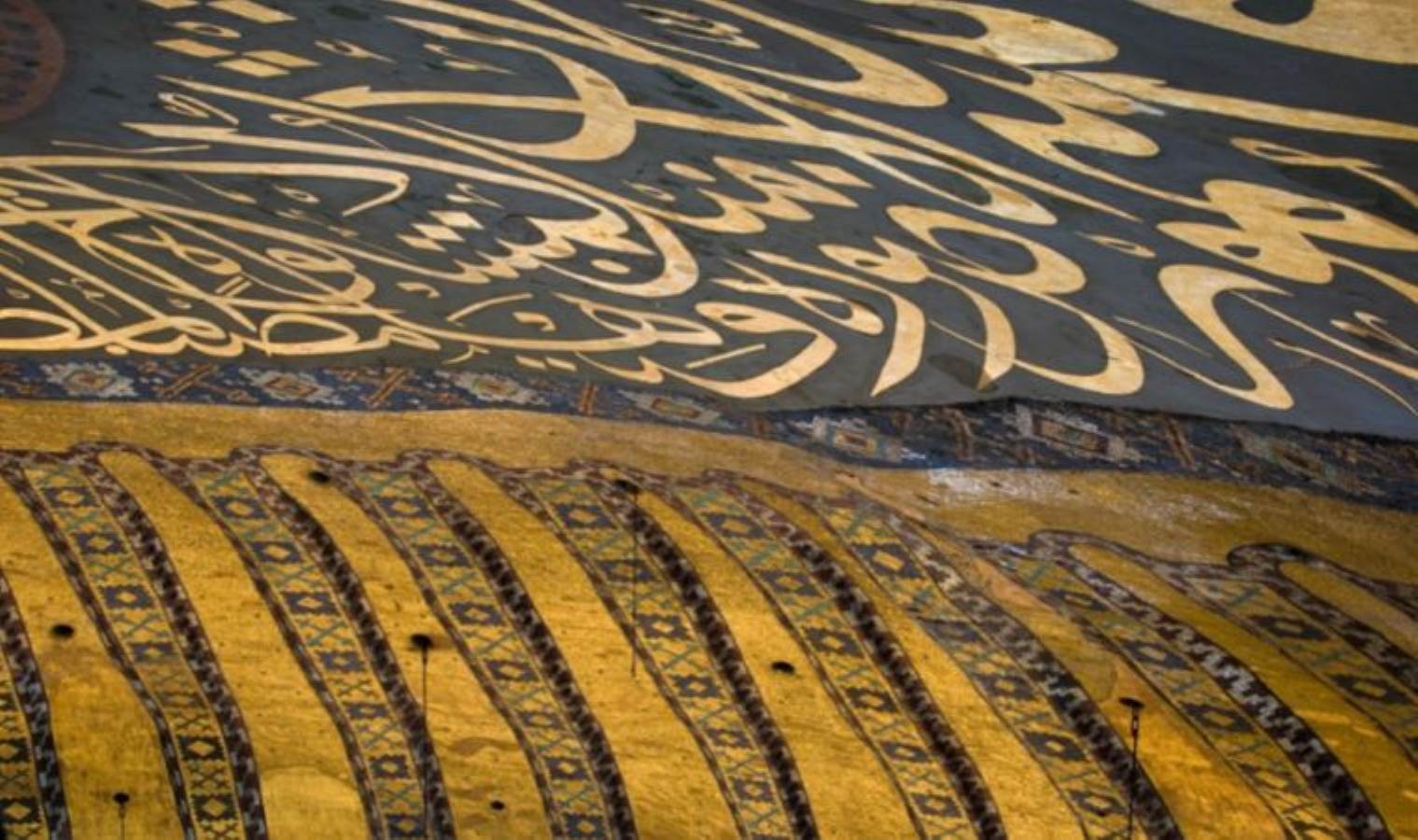
POET SULTAN MEHMET'S HAGIA SOPHIA
Another question: Why did poet Sultan Mehmet leave the mosaic of the Virgin and Jesus in the half dome and others exposed when he took Istanbul? Why did he have some mosaics covered with a thin lime plaster mixture so they could be uncovered when the time came? Who wanted the plasters over the mosaics to be removed? Painter Sultan Abdulmecid. In 1846, he brought Swiss architect painter Fossati to remove and repair the plasters. An interesting event: Above the main entrance door, there's a mosaic of the Virgin, child Jesus, Emperor Constantine, and Justinian. The Sultan ordered this mosaic to be cleaned as well. Do you know what Fossati said? "Please, my Sultan, this is the entrance door, let's not expect tolerance from your people. Let's cover it up..." What could Architect Sinan, who worked in Hagia Sophia, have thought about the mosaics? In the 19th century, the famous calligrapher, poet, and ney player Kazasker Izzet Efendi, while writing a section from the Surah of Nur in the dome and including the names of the four caliphs on large panels, what did he think? Because, the verse he wrote was surrounded by Byzantine mosaics with heart and cross symbols, made of gold and silver leaf and colored stones. In recent years, during the tenure of Ertuğrul Günay as Minister of Culture, an angel mosaic was uncovered from under the plaster of one of the triangular pendentives. A questioning, charming angel. The 12,000-year history of Anatolian lands is the best example of this...
INFLUENCED PAINTERS
Atatürk's vision of a museum is the product of a multifaceted modernity and universality. Of course, if reading one's own and the world's cultural history well is considered... An undeniable fact: Artists like Klee, Miro, and Vasarely were influenced by these mosaics and the practices of calligraphers. The moons, stars, and dots in their paintings are proof of this. If we could see it from this perspective, though it's difficult... "Every past is also my past."
Most Read News
-
 Syria says artillery shells fired from Lebanon hit army
Syria says artillery shells fired from Lebanon hit army
-
 US to spend $946B through 2034 to maintain, modernize nu
US to spend $946B through 2034 to maintain, modernize nu
-
 Trump says he is unaware of arrest of Turkish student, s
Trump says he is unaware of arrest of Turkish student, s
-
 Russia says latest round of talks between Putin, US envo
Russia says latest round of talks between Putin, US envo
-
 Kyiv's position on Russian-controlled territories in Ukr
Kyiv's position on Russian-controlled territories in Ukr
-
 9 killed after car plows into Vancouver street festival
9 killed after car plows into Vancouver street festival
-
 India detains 175 in Kashmir after deadly attack as tens
India detains 175 in Kashmir after deadly attack as tens
-
 Russia announces complete liberation of Kursk region fro
Russia announces complete liberation of Kursk region fro
-
 Hunger deepens in besieged Gaza as food supplies run out
Hunger deepens in besieged Gaza as food supplies run out
-
 Death toll from explosion at southern Iran port rises to
Death toll from explosion at southern Iran port rises to
